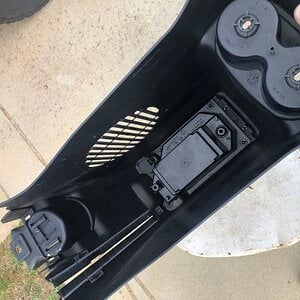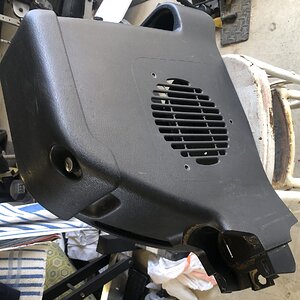ThxOne Premium Member
The Boss
Ok, I know an RTA will tell you what your system is doing and will give you a visual on what frequencies you need to boost or cut. But what is the goal? Hear me out...
When music is recorded in the studio the producers will EQ and mix all the music. When it is mastered it will be EQ'd again and level matched among other things. This is all done within specific guidelines and then the producers and masters will adjust to their ears, but the general outcome is one with a specific type of sound curve from 20 - 20Khz. Usually sloping downward from the low end towards the 20Khz range.
So being that the producer and the master have recorded and EQ'd the music a specific way, what do we do when we use the RTA to set OUR systems EQ? Would our goal be a flat (transparent) output at all frequencies? Would this then accurately reproduce the recorded music the way THEY EQ'd it?
When music is recorded in the studio the producers will EQ and mix all the music. When it is mastered it will be EQ'd again and level matched among other things. This is all done within specific guidelines and then the producers and masters will adjust to their ears, but the general outcome is one with a specific type of sound curve from 20 - 20Khz. Usually sloping downward from the low end towards the 20Khz range.
So being that the producer and the master have recorded and EQ'd the music a specific way, what do we do when we use the RTA to set OUR systems EQ? Would our goal be a flat (transparent) output at all frequencies? Would this then accurately reproduce the recorded music the way THEY EQ'd it?


